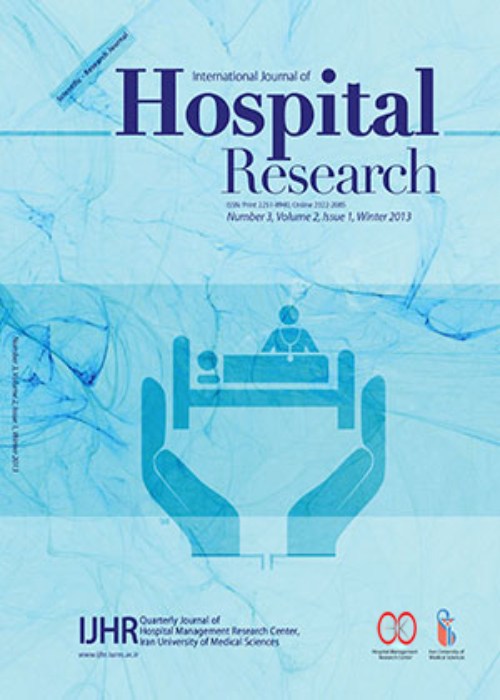Neuromuscular stimulation program for ICU patients
Physical deficiency is associated with reduced cognitive capacity and diminished quality of life as a result of extended muscle failure and Intensive Care Unit-acquired weakness. Neuromuscular electrical stimulation (NMES) has become an alternative to exercise in chronically ill patients.Based on the available evidence, we aim to evaluate the efficacy NMES program for ICU admitted patients.
The present research is a retrospective case-control study in a multi-center study testing an NMES program for ICU admitted patients. In the present study, sampling was based on the census method and, 74 people were in the control group and 74 people were in the group receiving the NEMS program. This program was piloted in 3 months in the hospital. Patients in the case group got exposure to 45 min per day for 10 days after being 7 days admitted in ICU, a Synchronized impulse at a frequency of 30 Hz on the quadriceps. To assess the effect of the NMES program effect on Quadriceps, the MRC score was used at the discharge time. Also, ICU length of stay, daily GCS, mechanical ventilation duration were recorded. Statistical tests of independent T-test and Chi-square were used to assess the data. P-value under 0.05 was considered significant.
The mean age in the NMES group and the control group was 53.24 ± 12.1 and 57.24 ± 15.3, respectively, but there was no statistically significant difference in the distribution of mean age between the study groups (P> 0.05). In the NMES group, 23 patients (31.08%) and in the control group, 24 patients (32.43%) were female. In the NMES group, 31.08% of patients had muscle weakness at discharge time and the number of these subjects in the NMES group was significantly lower than the control group as 32.43% of the control group had muscle weakness (p = 0.014). The mean days of MV duration in NMES and control groups were 12.8 ± 3.1 and 11.7 ± 2.7 days, respectively (p> 0.05). based on the trend analysis, the mean GCS score in the control and case groups had no significant difference (p> 0.05).
We conclude that the NMES program can prevent the muscle weakness of patients discharged from the ICU, while the implementation of this program doesn't reduce the duration of hospitalization of patients in the ICU.
- حق عضویت دریافتی صرف حمایت از نشریات عضو و نگهداری، تکمیل و توسعه مگیران میشود.
- پرداخت حق اشتراک و دانلود مقالات اجازه بازنشر آن در سایر رسانههای چاپی و دیجیتال را به کاربر نمیدهد.


